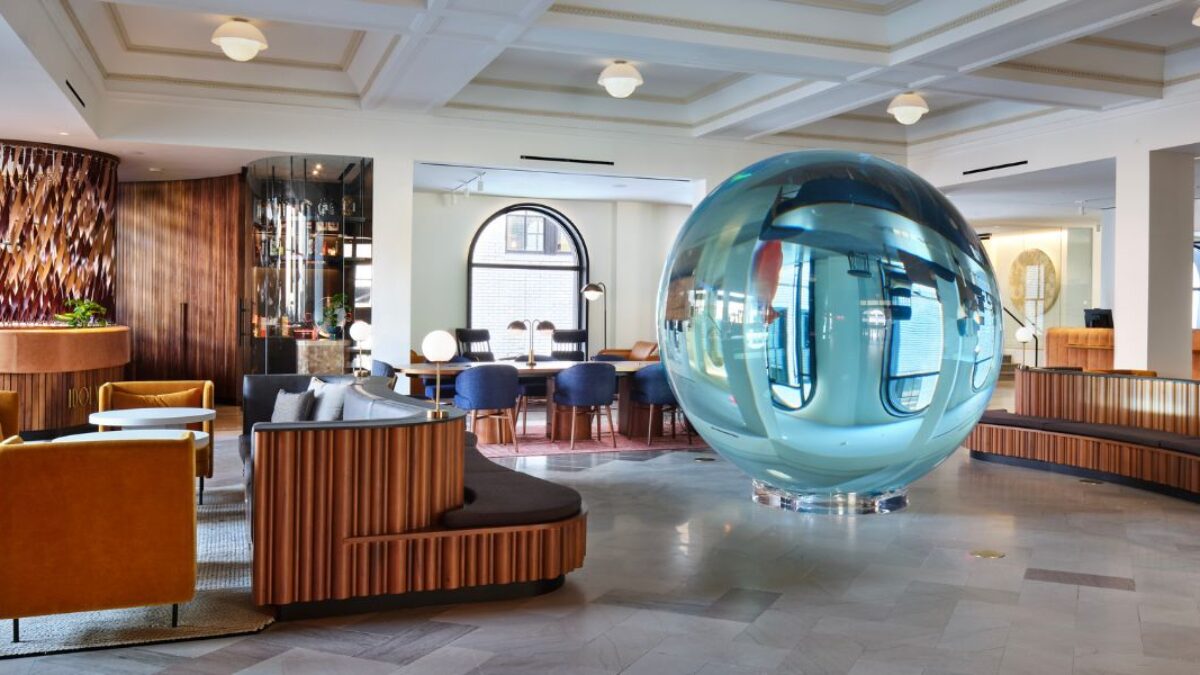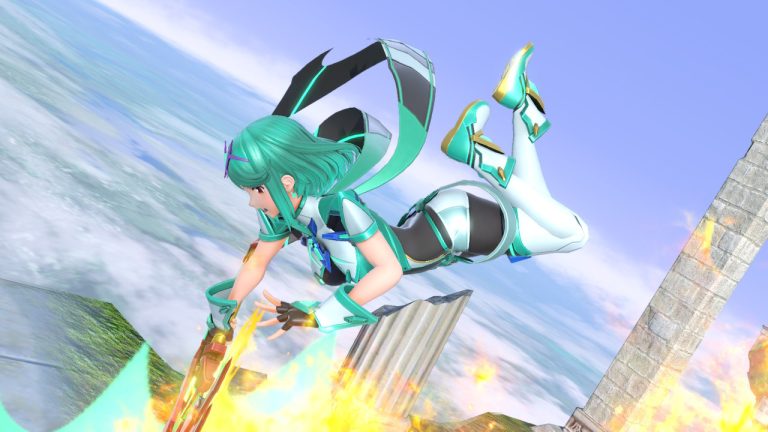In the age of experiential travel and Instagrammable moments, luxury hotels have evolved beyond mere places to stay—they’re now immersive, curated experiences. At the intersection of aesthetics, storytelling, and guest satisfaction lies the often overlooked but profoundly impactful role of the hotel art curator. These creative professionals shape the visual identity of high-end hospitality through the careful selection and integration of art that resonates with a hotel’s theme, locale, and clientele.
Let’s take a deep dive into the multifaceted world of hotel art curatorship, exploring its purpose, impact, and the expertise required to elevate a property’s prestige through fine art.
What Is a Hotel Art Curator?
A hotel art curator is a professional responsible for selecting, commissioning, and arranging artworks within a hotel space. Unlike traditional museum or gallery curators, hotel art curators aim to create an emotional and aesthetic journey for guests, aligning the art with the hotel’s brand identity, architecture, and target market.
From large-scale installations in the lobby to subtle framed works in guest rooms, the hotel art curator makes sure each piece plays a part in the guest’s overall experience. They act as a bridge between the art world and the hospitality industry.
The Rise of Art in Hospitality
Historically, art in hotels was more decorative than meaningful. It was common to find generic prints or impersonal landscapes adorning walls. However, as boutique hotels and luxury brands began to differentiate themselves in competitive markets, art started playing a more prominent role.
The shift was driven by
- The rise of experiential travel
- A demand for localized storytelling
- The influence of design-centric hospitality brands like Ace Hotel, 21c Museum Hotels, and The Ritz-Carlton
Today, many travelers expect and appreciate unique visual environments that reflect the soul of a destination—making hotel art curators indispensable.
What Does a Hotel Art Curator Actually Do?
The role of a hotel art curator spans both artistic insight and project management. Their responsibilities typically include:
- Concept Development: Aligning the art collection with the hotel’s narrative, architecture, and location.
- Artist Selection: Sourcing local or international artists to reflect the cultural or thematic direction of the hotel.
- Art Acquisition & Commissioning: Buying or commissioning artworks tailored to specific hotel spaces.
- Installation Management: Coordinating logistics for the safe delivery and installation of pieces.
- Budget Oversight: Managing costs while maximizing artistic impact.
- Guest Engagement: Sometimes curators design artist statements, printed guides, or even host art tours to deepen guest engagement.
In essence, they orchestrate an entire visual language for the property—one that tells a story from the lobby to the suites.
How Art Influences the Guest Experience
Luxury travelers no longer seek just a place to sleep; they seek inspiration. Art contributes to a multi-sensory experience that guests feel, remember, and often photograph. Here’s how art enhances the guest journey:
- First Impressions: A compelling sculpture or mural in the lobby sets the tone for the stay.
- Emotional Impact: Well-curated art can evoke calm, curiosity, or joy—enhancing overall comfort.
- Storytelling: Art provides cultural or thematic narratives that add depth to the environment.
- Social Sharing: Striking art installations encourage guests to share their experiences online, giving hotels valuable organic marketing.
A thoughtfully curated space can become iconic—think of the Louis Vuitton-themed suite at The Ritz Paris or the rotating art exhibits at The Conrad New York Downtown.
Key Skills of a Successful Hotel Art Curator
Becoming a hotel art curator demands a unique blend of skills that span both creative and commercial domains:
- Art Historical Knowledge: Understanding styles, mediums, and contemporary trends.
- Cultural Sensitivity: Especially important when curating art that reflects the hotel’s locale or serves an international clientele.
- Project Management: Coordinating timelines, budgets, and vendor relationships.
- Interior Design Understanding: Knowing how art interacts with light, space, furniture, and textures.
- Networking Abilities: Collaborating with galleries, artists, and hotel developers.
It’s this combination of aesthetic vision and logistical prowess that makes a hotel art curator truly exceptional.
Working with Local Artists and Communities
One of the most fulfilling aspects of hotel art curation is engaging with local artists and artisan communities. By doing so, hotels:
- Support the local economy
- Enhance cultural authenticity
- Foster community goodwill
- Create unique guest experiences
For instance, a luxury hotel in Bali might feature handwoven tapestries from indigenous craftspeople, while a chic hotel in Brooklyn could showcase up-and-coming street artists. These collaborations not only enrich the visual experience but often form the backbone of a hotel’s cultural brand identity.
Future Trends in Hotel Art Curation
As with any creative field, hotel art curation is constantly evolving. Here are some emerging trends to watch:
- Digital & Interactive Art: From motion-sensitive installations to AR-enhanced pieces, tech is adding dynamic layers to hotel spaces.
- Sustainability in Art: Eco-conscious materials and repurposed items are gaining popularity in art design.
- Themed Residencies: Hotels are inviting artists for short-term residencies, allowing them to create on-site and engage with guests.
- NFTs & Crypto Art: Some luxury properties are beginning to integrate digital collectibles into their spaces.
- Rotating Exhibitions: Mimicking gallery formats, rotating shows keep the space fresh and encourage repeat visits.
These trends point to an exciting future where hotel art is not just beautiful, but also smart, sustainable, and interactive.
Conclusion
The role of the hotel art curator is far more than decorative—it’s transformational. By integrating storytelling, culture, and design, curators create spaces that linger in memory long after check-out. They help luxury hotels stand out in a saturated market and add tangible value to the guest experience.
Whether subtle or statement-making, the art curated within hotel walls speaks volumes about the brand’s values, its location, and the type of experience it offers. In today’s hospitality industry, where every detail matters, the hotel art curator has become the unsung hero of five-star storytelling.
FAQs
1. Do all hotels have art curators?
No. While luxury and boutique hotels often employ curators or consultants, many mid-range or budget hotels use pre-selected décor packages. However, the trend is shifting, with more hotels recognizing the value of curated art.
2. Can a hotel art curator be a freelancer or must they be in-house?
Both are common. Large hotel chains might have in-house art direction teams, while independent hotels often hire freelance art consultants or agencies for specific projects or openings.
3. What is the difference between a hotel art curator and an interior designer?
An interior designer plans the overall look and feel of spaces, including furniture, lighting, and colors. A hotel art curator focuses specifically on selecting, commissioning, and placing art pieces that complement or enhance the interior design.
4. How does art curation impact a hotel’s brand image?
Curated art reinforces a hotel’s brand identity by visually expressing its themes, values, and personality. A minimalist hotel might opt for abstract monochrome pieces, while a historic hotel might use classical oil paintings. This consistency strengthens brand recognition.
5. Can guests purchase the art displayed in hotels?
In many art-forward hotels, yes! Especially in boutique or art hotel concepts, pieces are often available for purchase, turning each guest into a potential collector—and giving artists valuable exposure.
Also read: Exploring the Kerala Express: A Complete Guide for Train Travelers




Leave a Comment